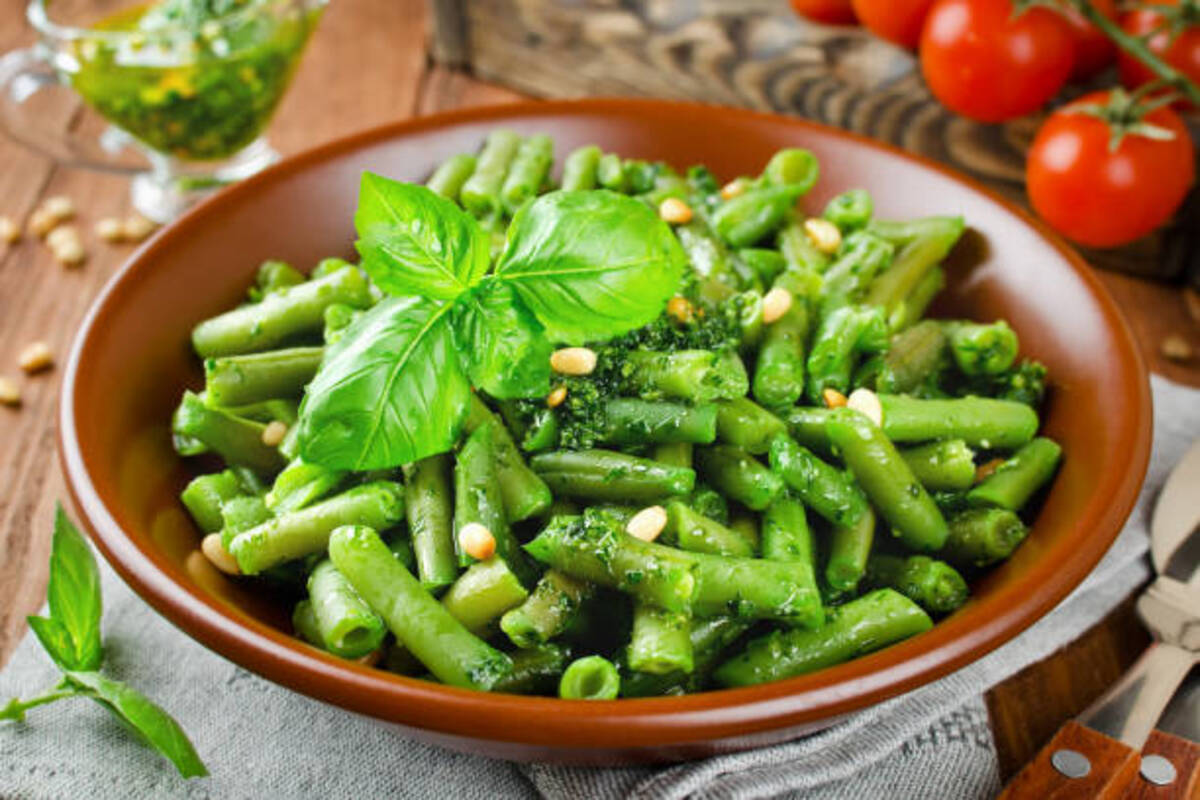Where wellness meets luxury
More than just a health resort, Swastik Wellbeing on the outskirts of Pune is a movement towards a more abundant, harmonious and meaningful way of life—the perfect embodiment of wellness and luxury!
Green beans are abundant in Vitamin K, which activates osteocalcin which is the main non-collagen protein found in bones. This compound locks calcium molecules together inside the bone, strengthening them from within.

(istock photo)
You may have hated seeing them in your lunchbox, but the fact is that green beans are some of the most nutritional vegetable children can eat. And your parents knew that well.
One of the oldest cultivated vegetables, green beans have many varieties you could pick from – String beans, French beans or Snap beans are all rich in Vitamin A, C, and K, they are a good source of folic acid and heart-protective calcium, and fiber. Harvesting green beans is an interesting process.
Advertisement
What are Green Beans?
Advertisement
Green beans are members of the common bean family, Phaseolus vulgaris, and are a popular part of diets around the world. There are slight variations in the bean – they can be different shapes, colors (even purple), and by different names, including French beans, fine beans, string beans, or even squeaky beans, depending on the region of the world. There are approximately 150 varieties of green beans throughout the world! Despite the variable appearance of the beans, their nutritional content and health benefits remain similar.
Green beans are a versatile vegetable that grows in many different climates. This has made them popular and globally recognized food. Although popularized in many American and European dishes, they are widely cultivated across Asia and Africa as well. They appear in a wide array of cultural dishes and offer health benefits to people all around the world. They can be cooked in a variety of forms like roasted green beans, sauteed green beans, pickled green beans, and so on!
Types of Beans
Green beans fall into two categories: “pole beans” and “bush beans”.
While many “common beans” share similar attributes, they are unique and are chosen according to the individual properties that each of the beans offers. Green beans are a favorite choice in many cultures for the variety of vitamins, nutrients, and beneficial properties they contain.
Green Beans Health Benefits
Not only are green beans a nice, crunchy, low-calorie food but also they provide many key nutrients. Young, tender green beans are a good source of vitamin C, dietary fiber, folate, vitamin K, and silicon (needed for healthy bones, skin, and hair).
They’re also easy to grow, with the added bonus of improving the soil they grow in because of their ability to “fix” nitrogen from the air in nodules attached to the bean roots. When the nodulated bean roots decompose, they liberate the nitrogen to become available for the next year’s crop planted in that spot.
Most of the green beans’ energy is stored within the seed! Without even using fertilizer, green beans have enough food to nourish them until their first true leaves appear.
1. Green Beans for Energy
Green beans contain about twice the amount of iron as compared to spinach. Iron is a component of red blood cells which is essential to transport oxygen from the lungs to cells throughout the body. If you are struggling with anemia, dripping energies, or low metabolism – then green beans are the magical food you need.
2. Green Beans are great for skin, hair, and nails
This nutritional powerhouse can do wonders for your skin, hair, and nails. Green beans are loaded with an easily absorbed type of silicon, which is important for the formation of healthy connective tissues and strengthening nails and boosting skin health.
3. Bone Health
Green beans are abundant in Vitamin K, which activates osteocalcin which is the main non-collagen protein found in bones. This compound locks calcium molecules together inside the bone, strengthening them from within.
4. Boosts Heart Health
Green beans pack abundant amounts of calcium and heart-protective flavonoids. Flavonoids are polyphenolic antioxidants that are commonly found in fruits and vegetables. The high amounts of flavonoids have immense anti-inflammatory properties, which regulate thrombotic activity in the cells and prevent blot clots in the arteries.
7. Good for eyesight
Rich in carotenoids, green beans could play an effective role in preventing macular degeneration (a condition that causes a decrease in vision and eye function). They are also rich in lutein and Zeaxanthin which help maintain good eyesight and night vision.
Advertisement